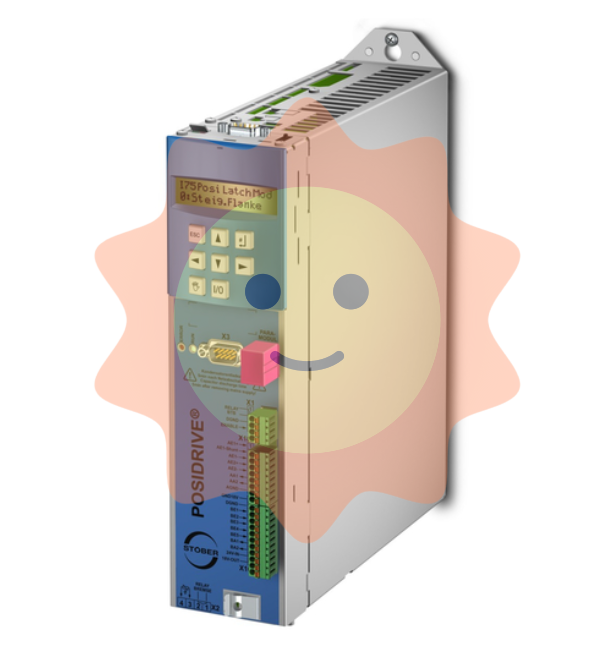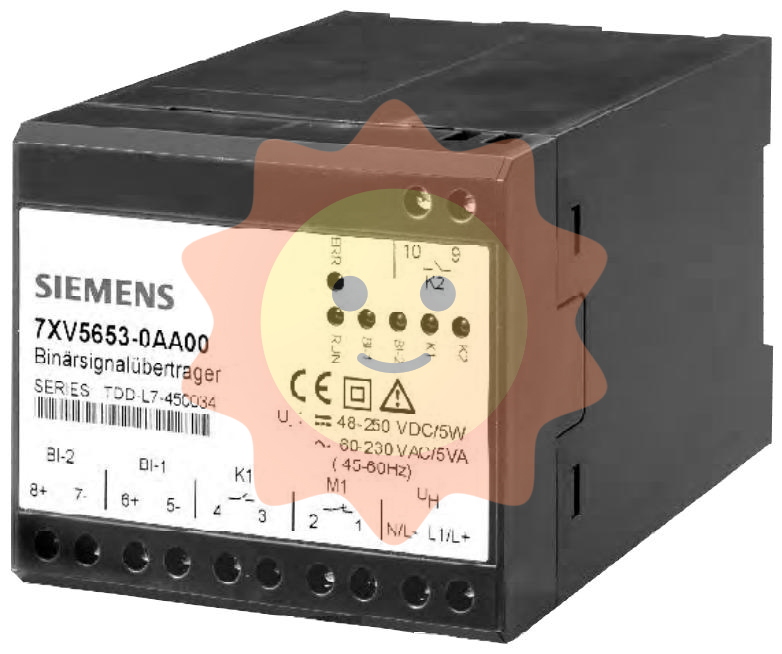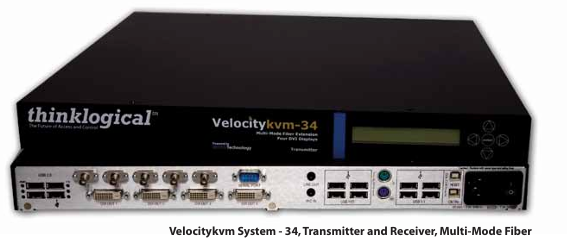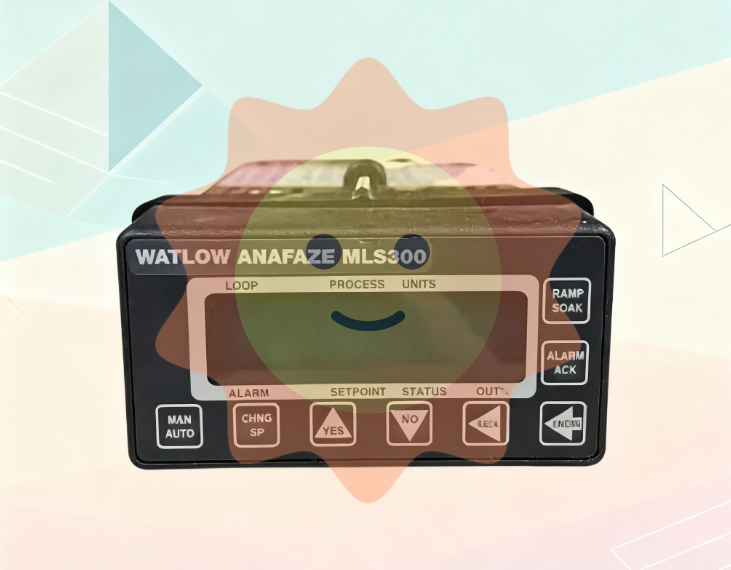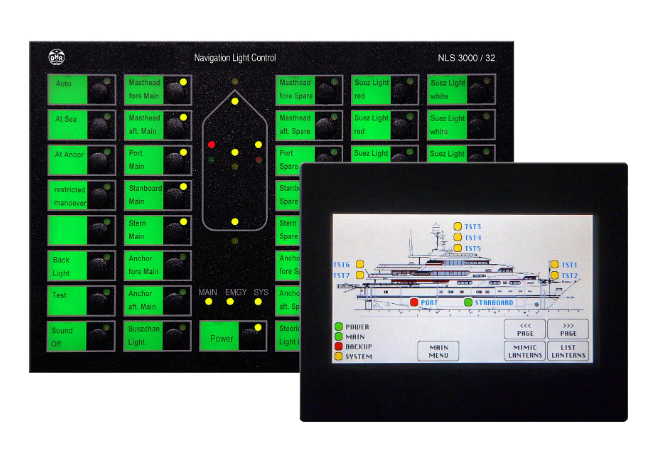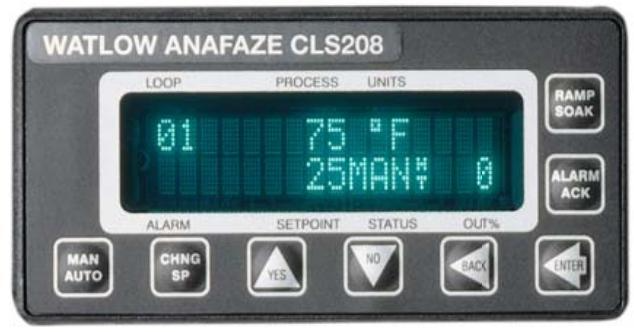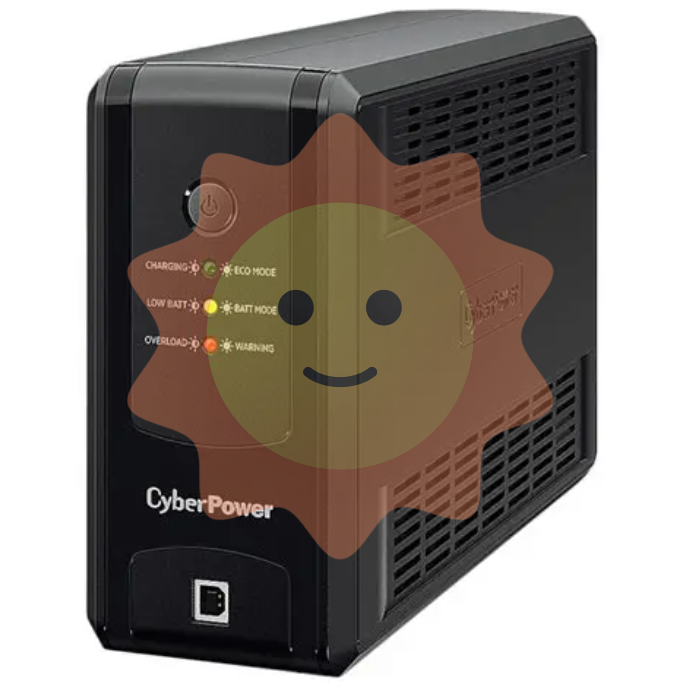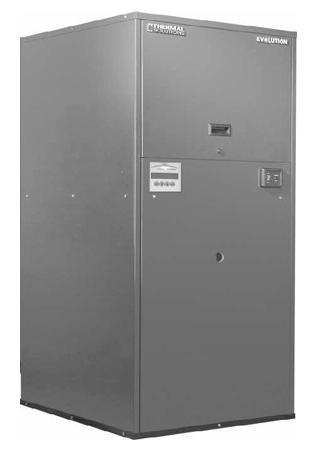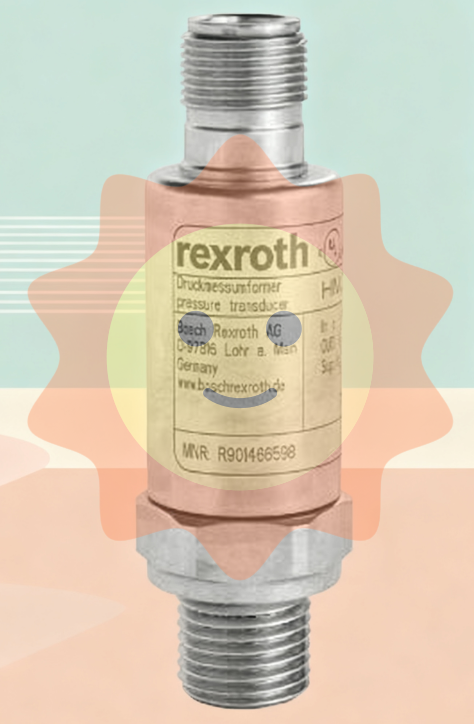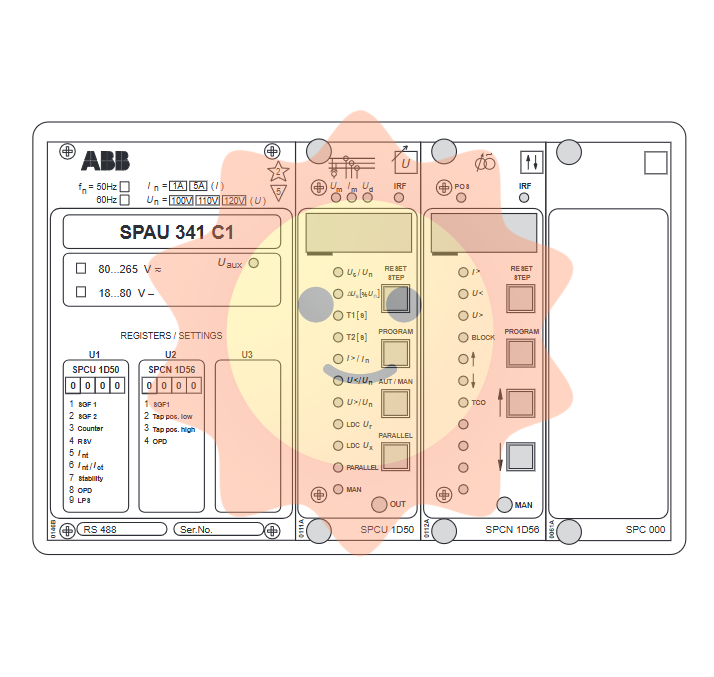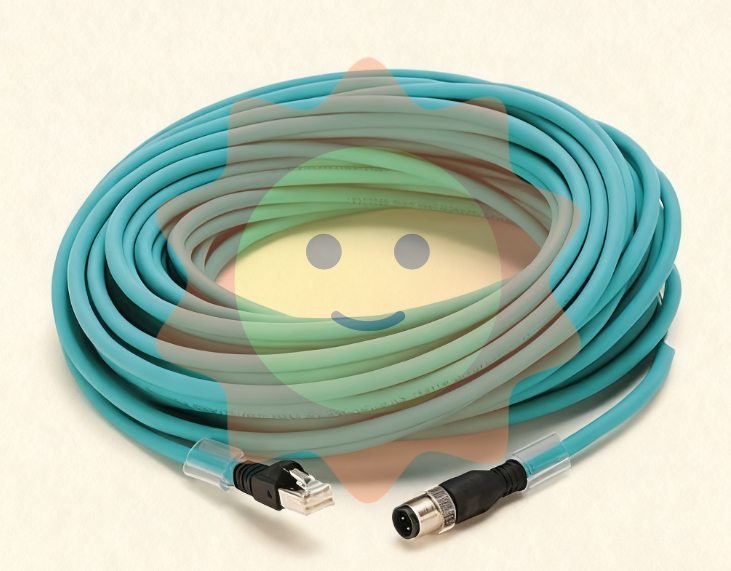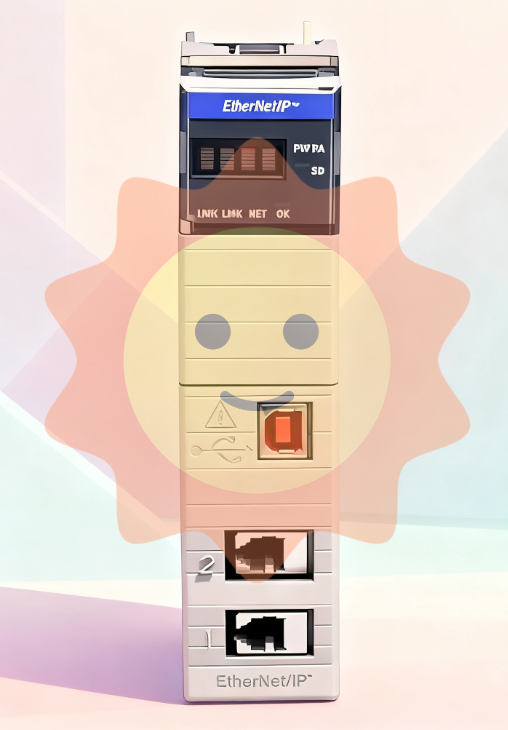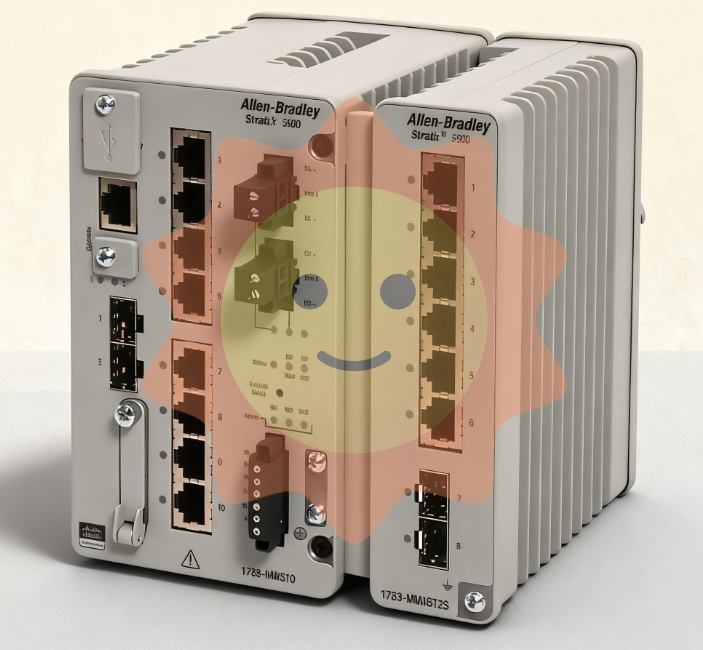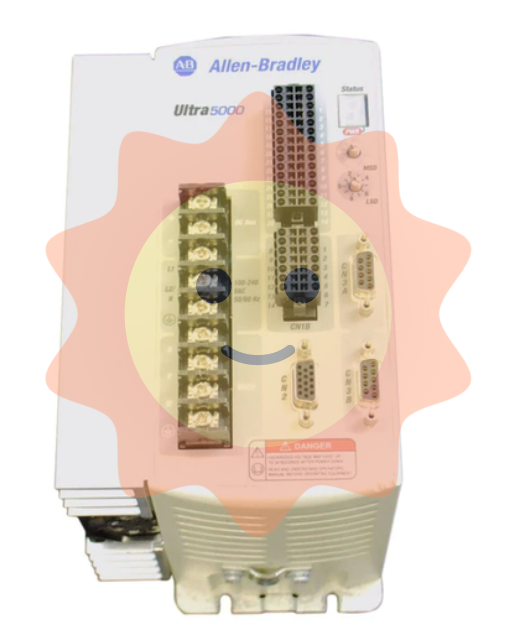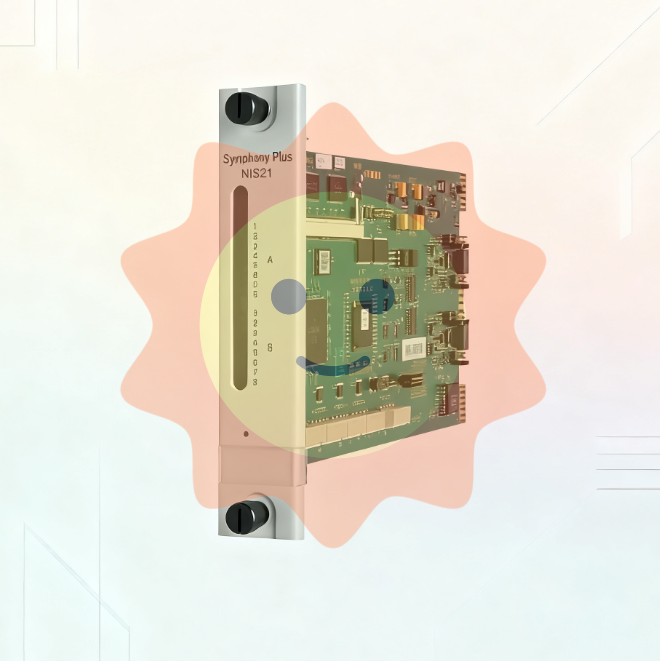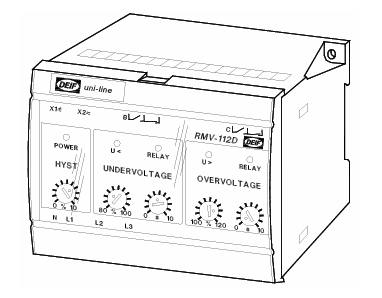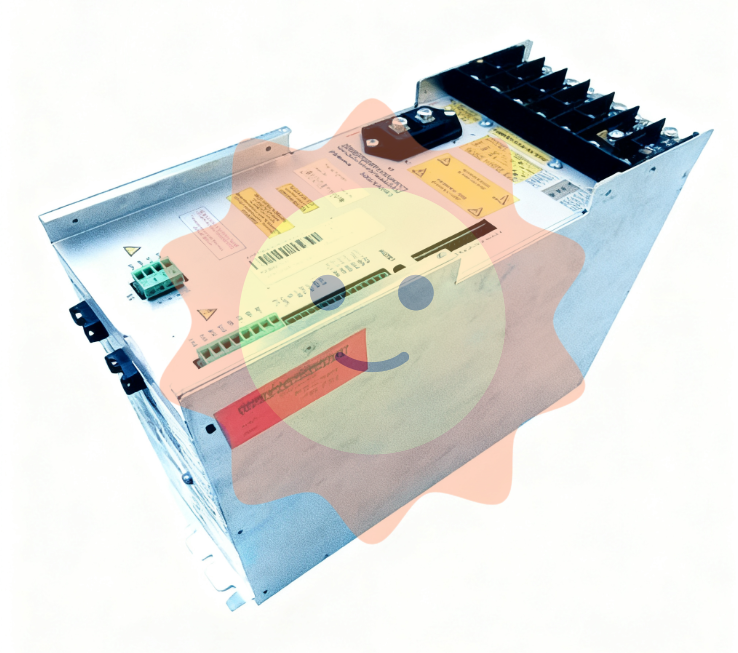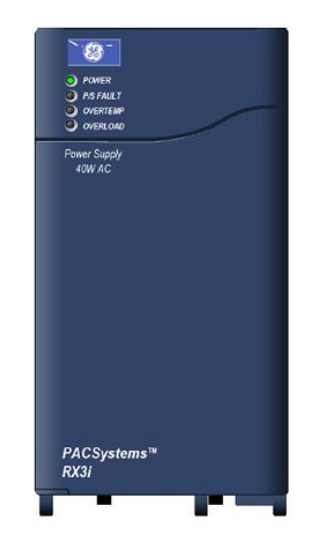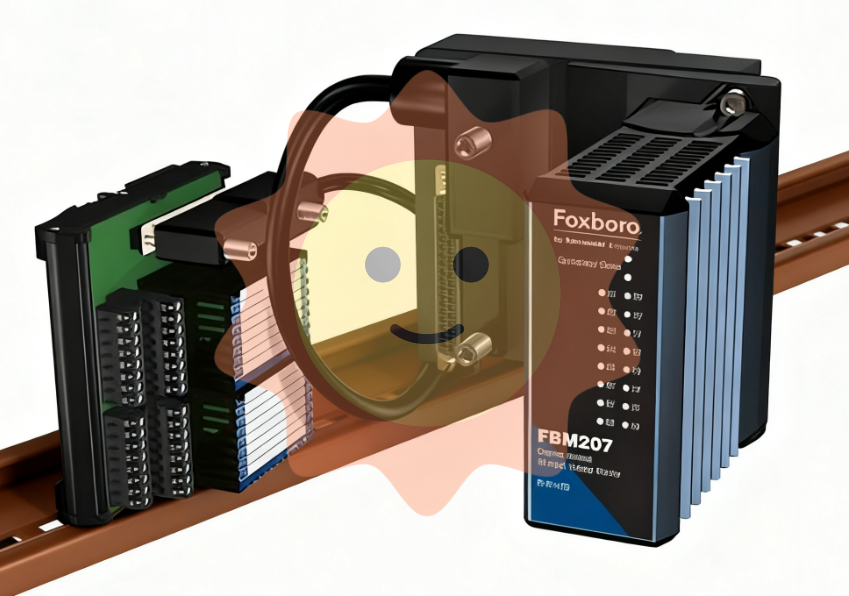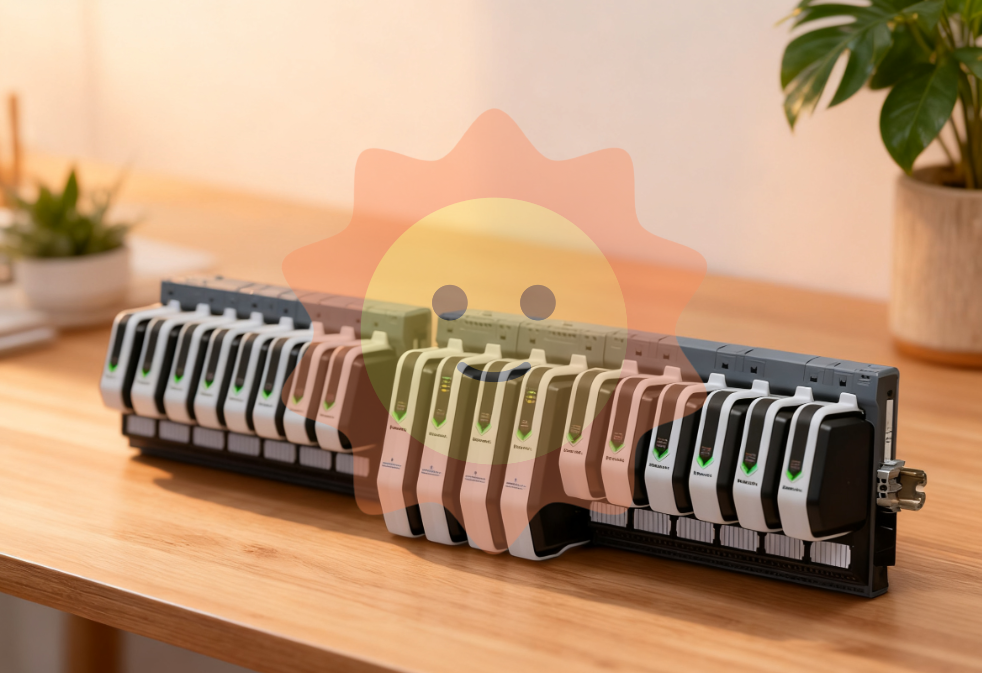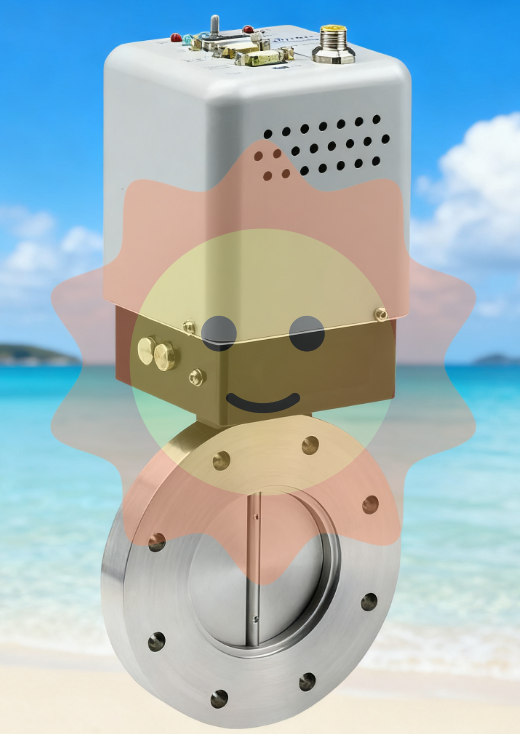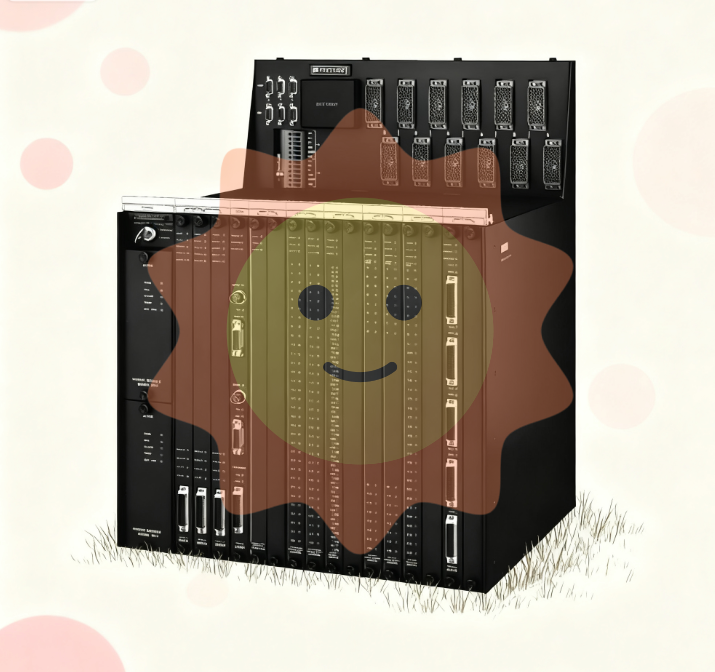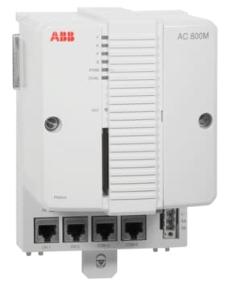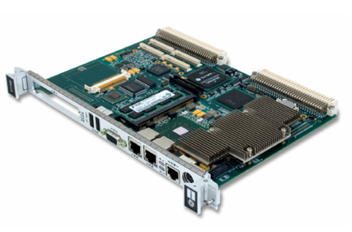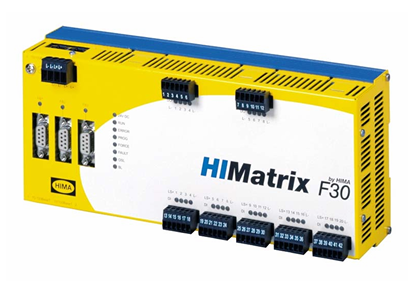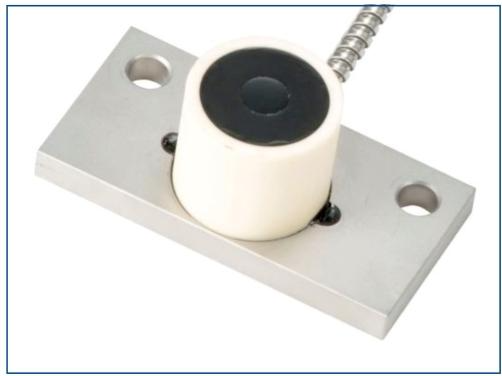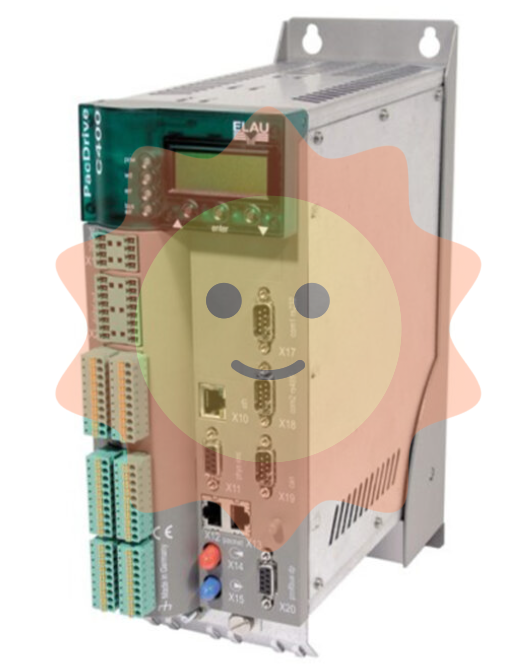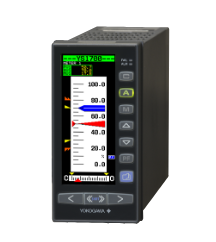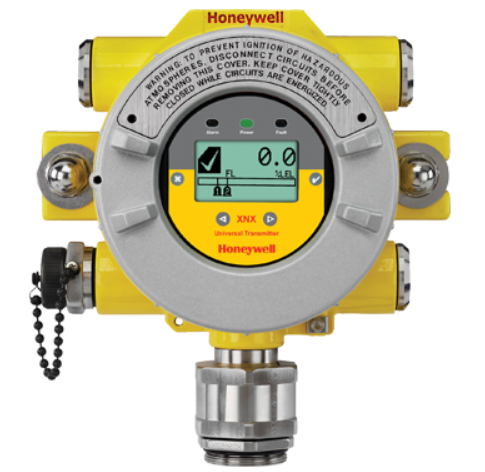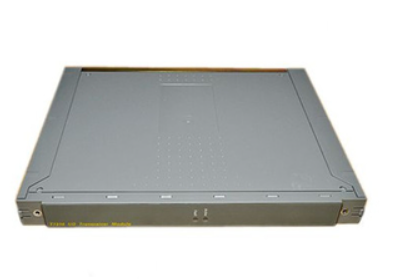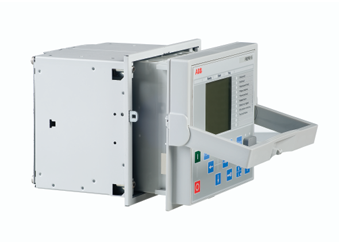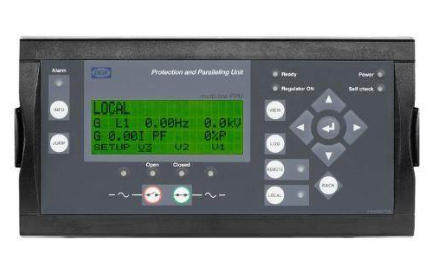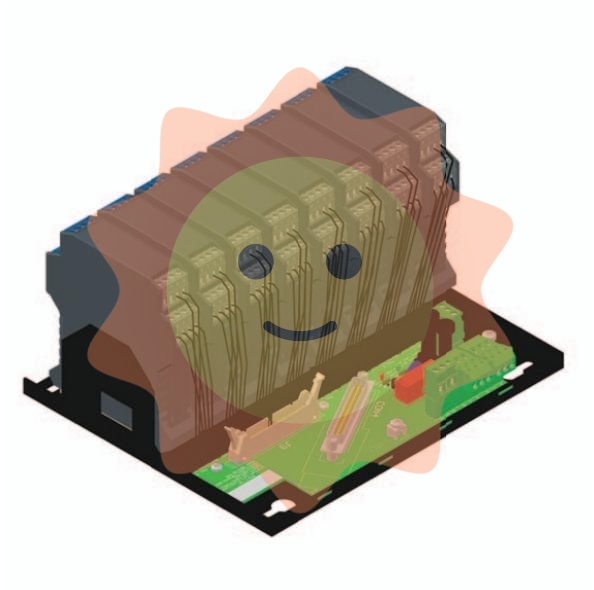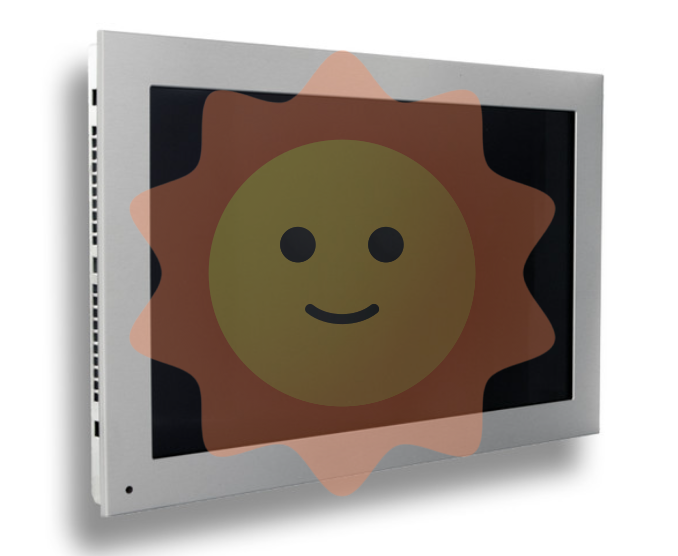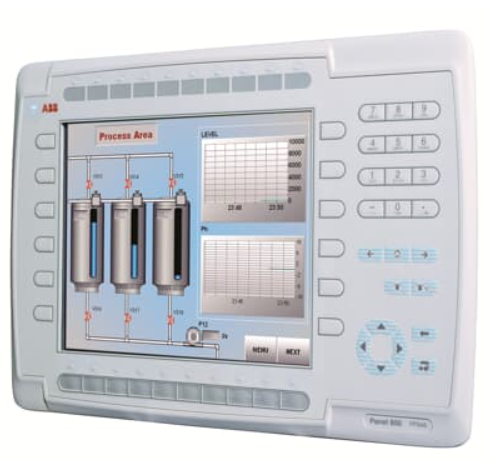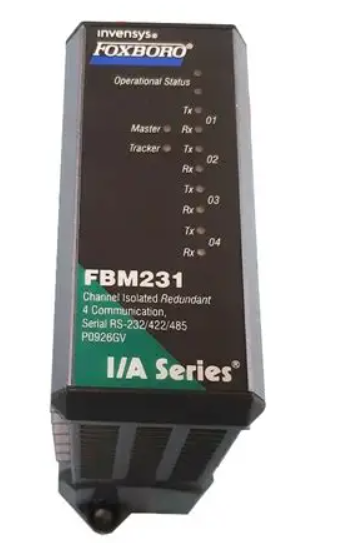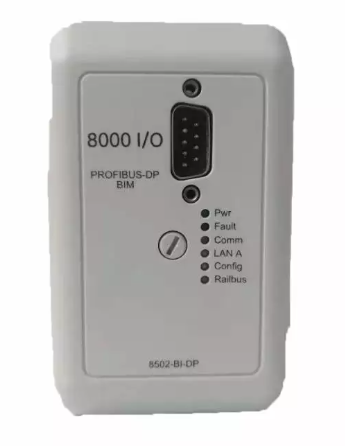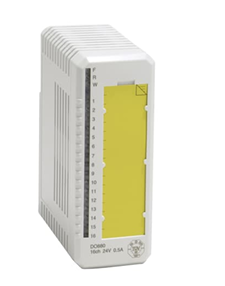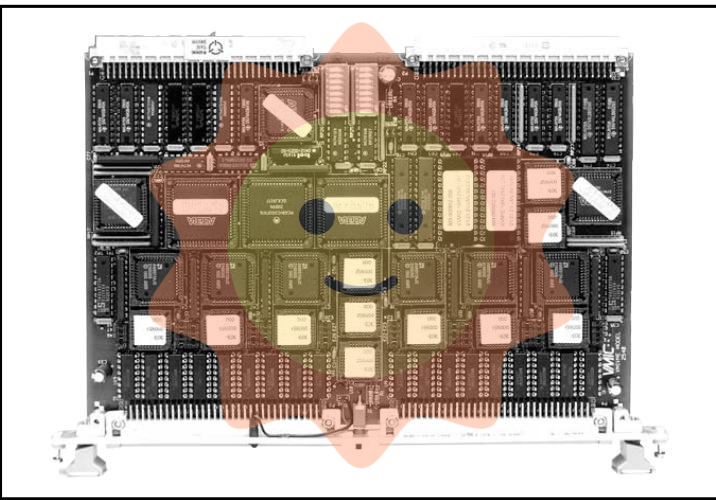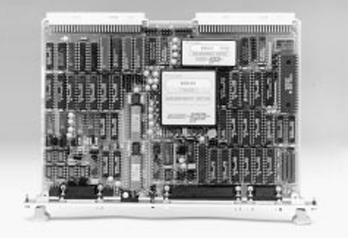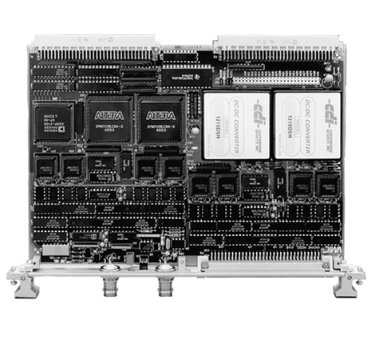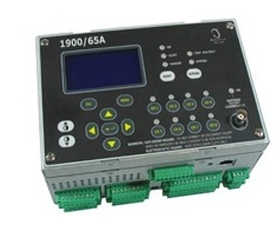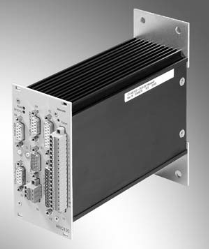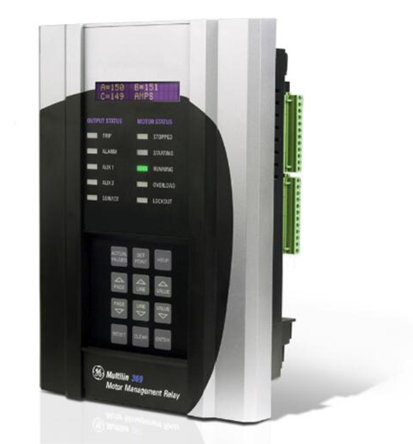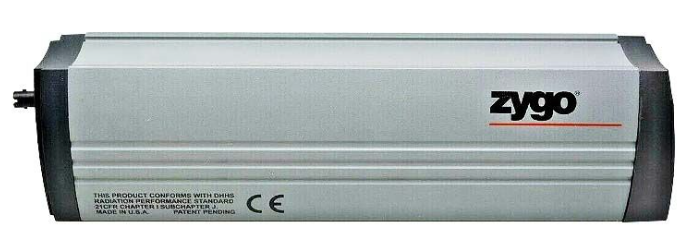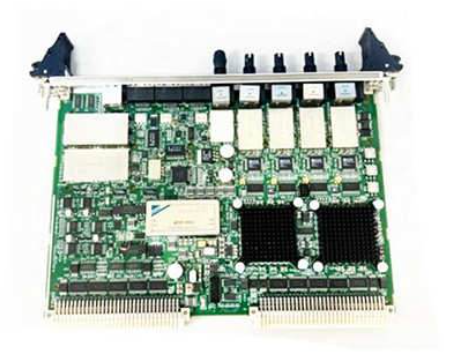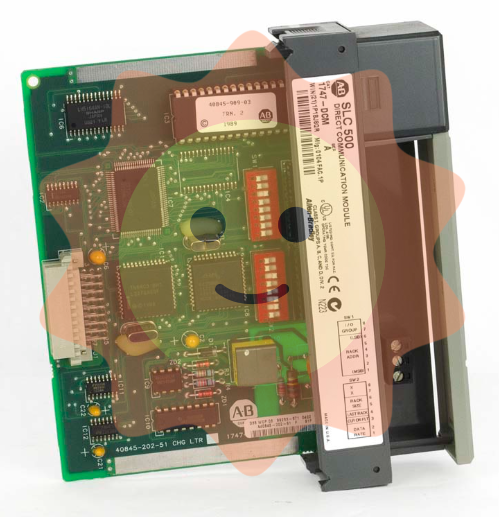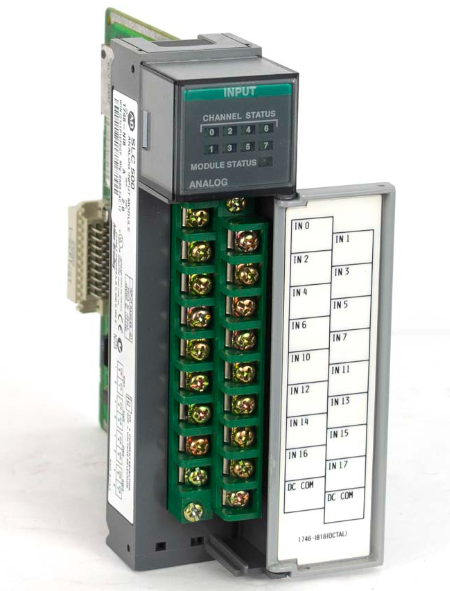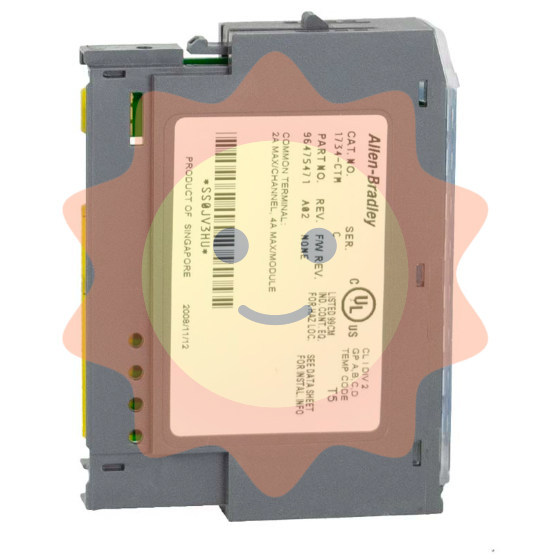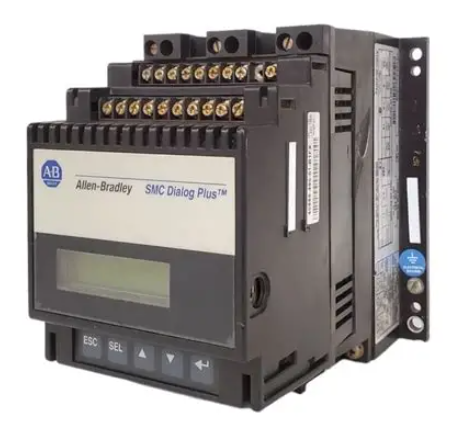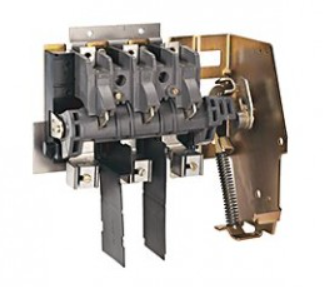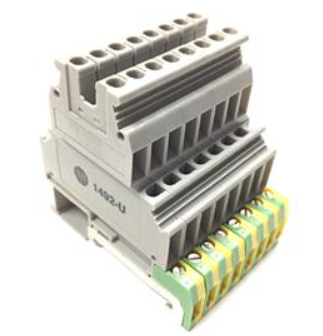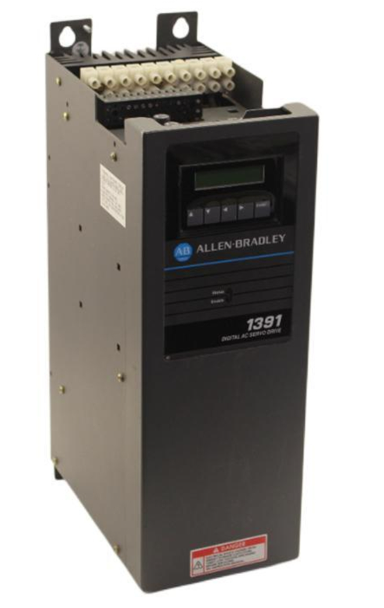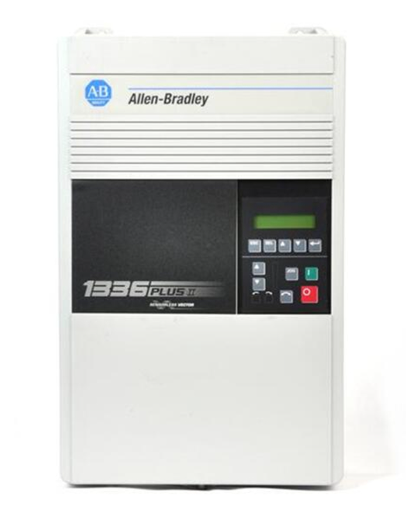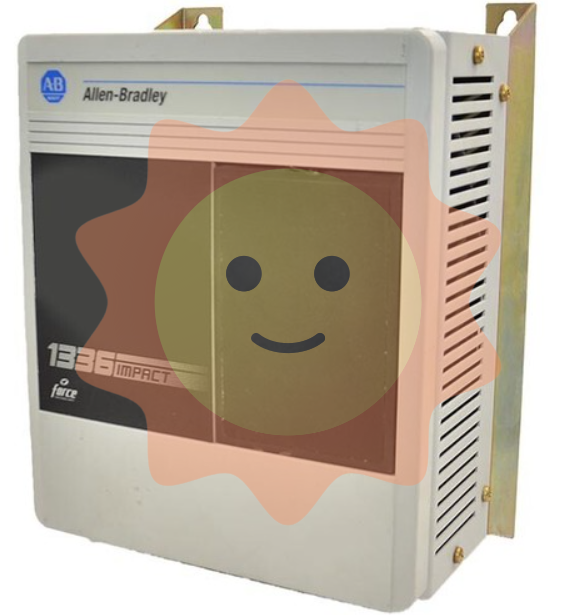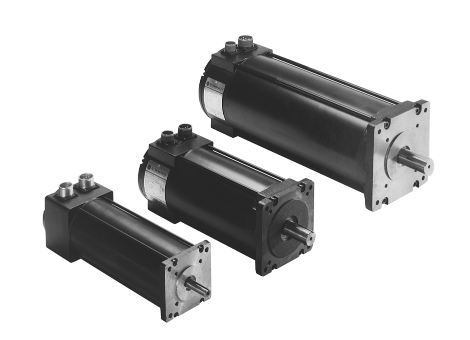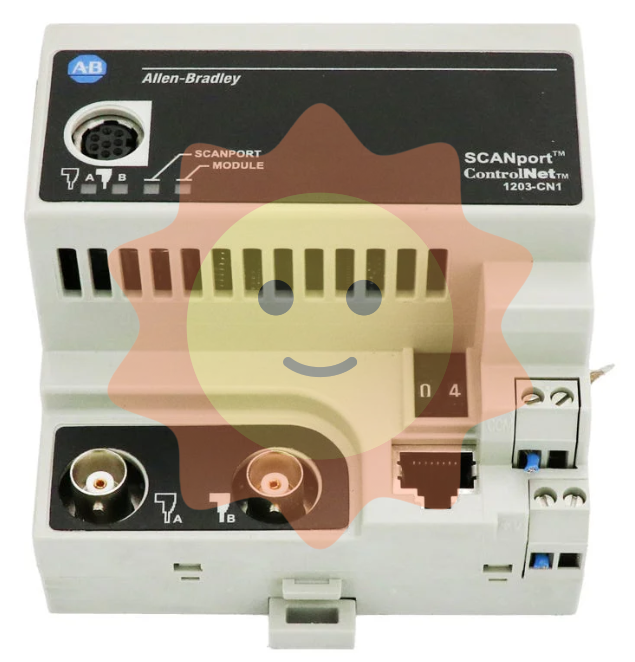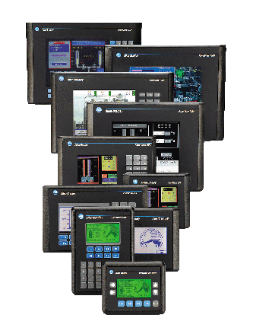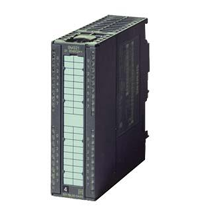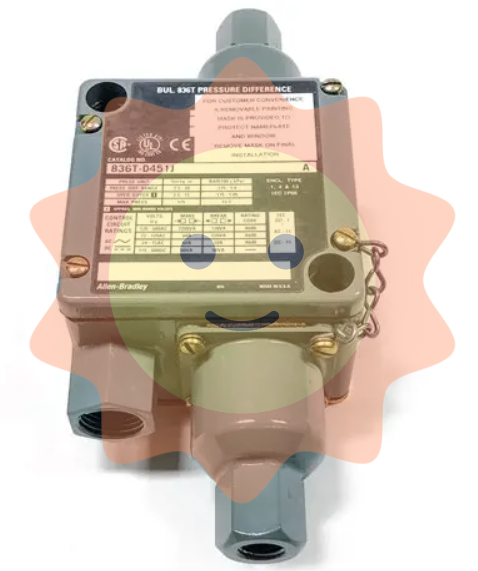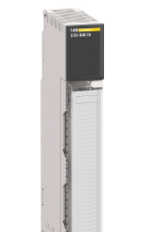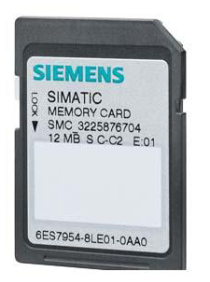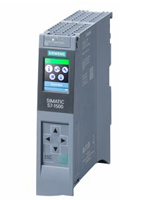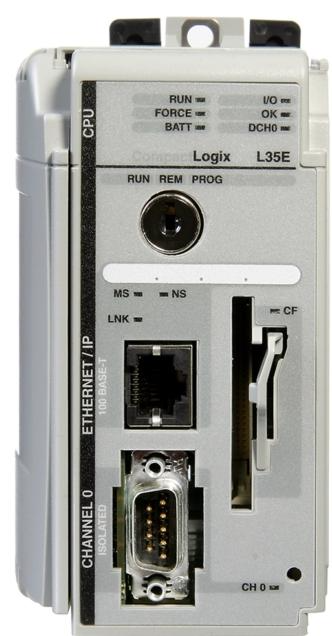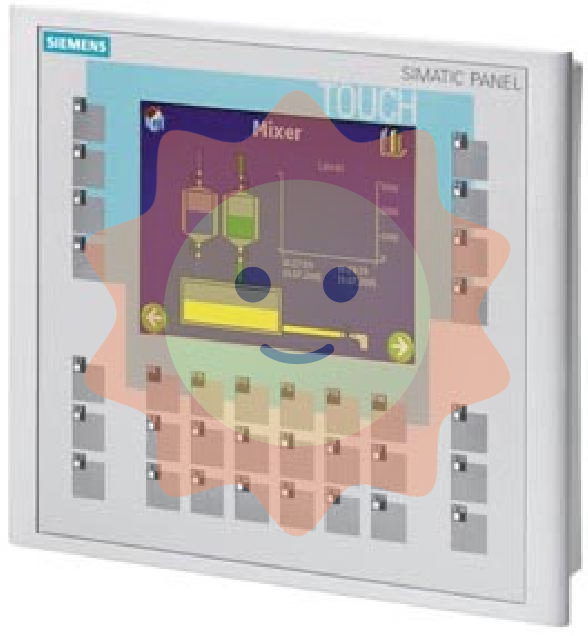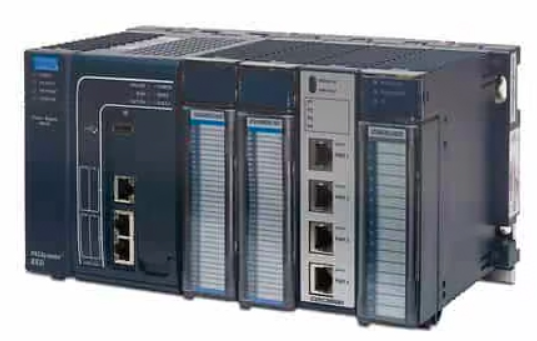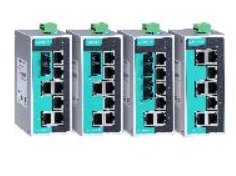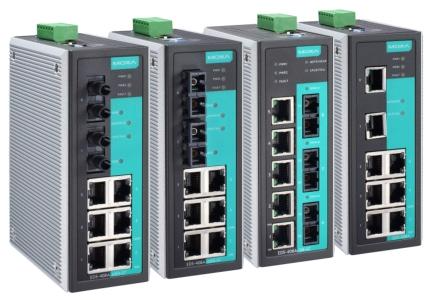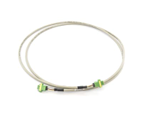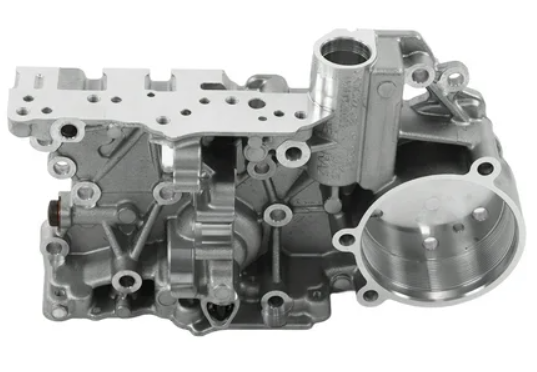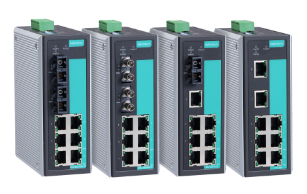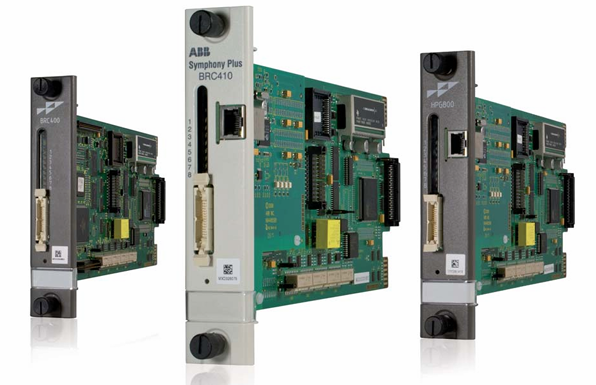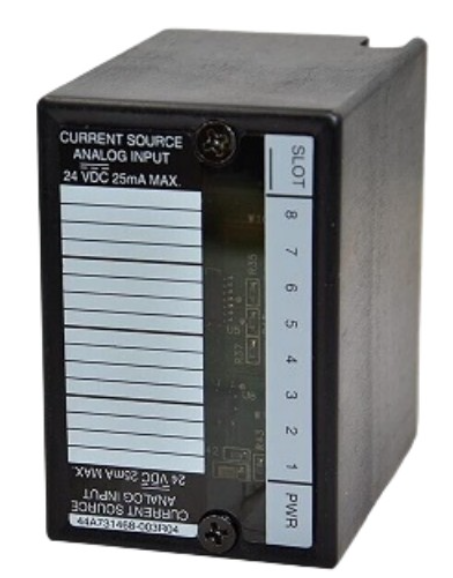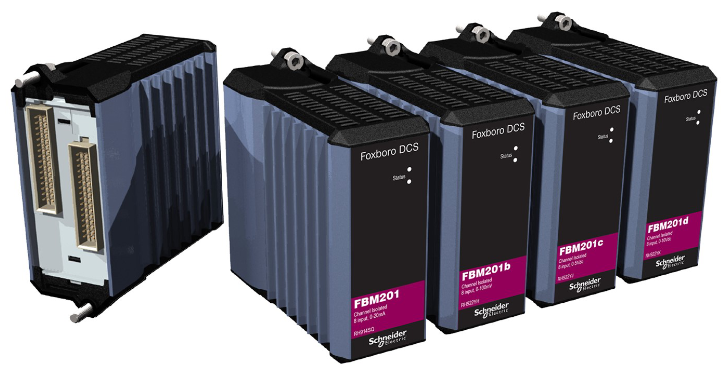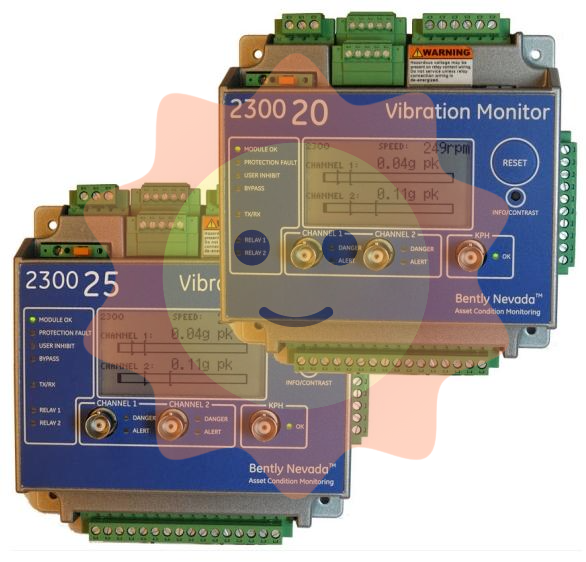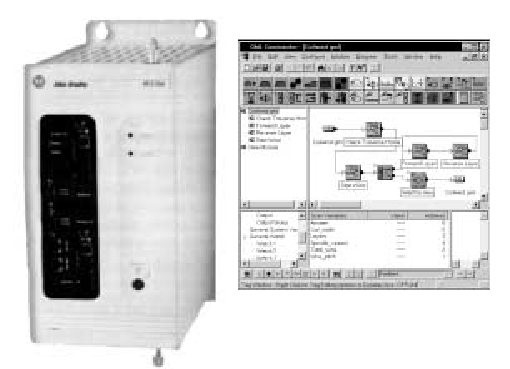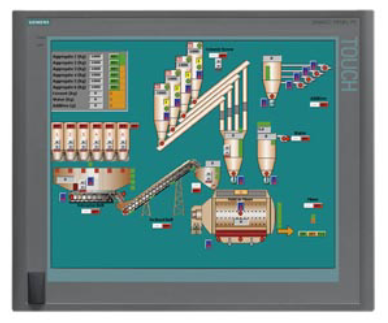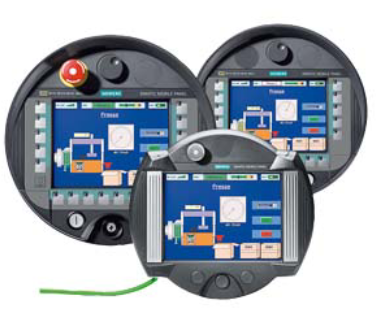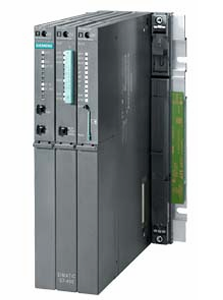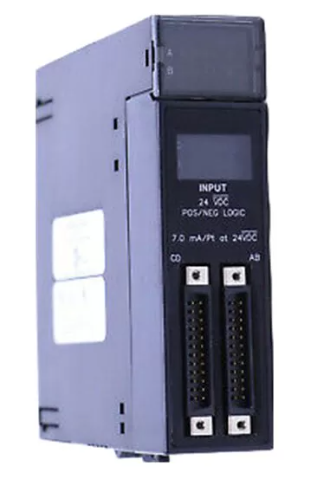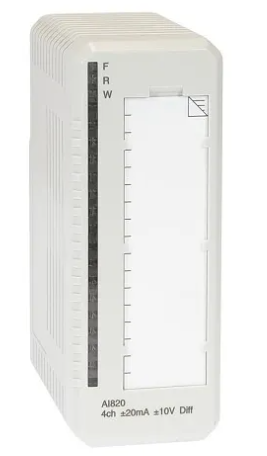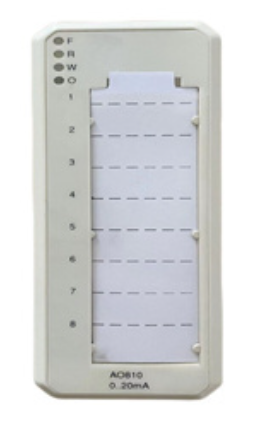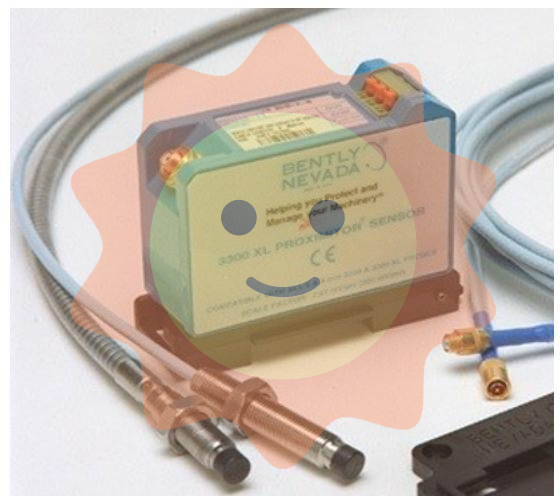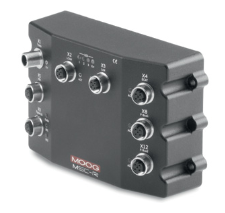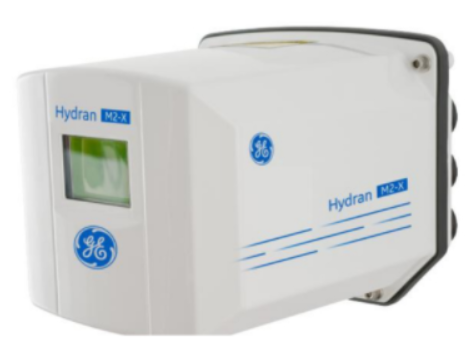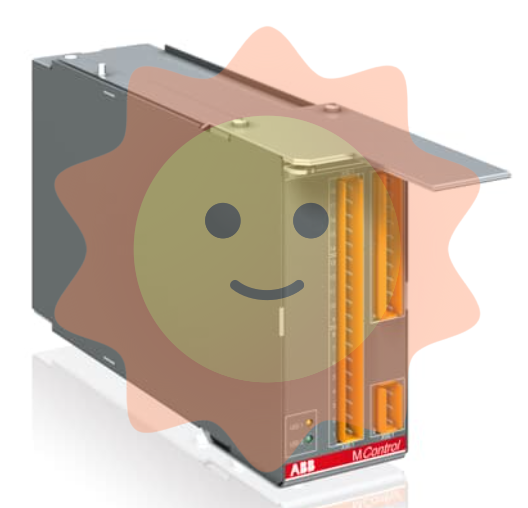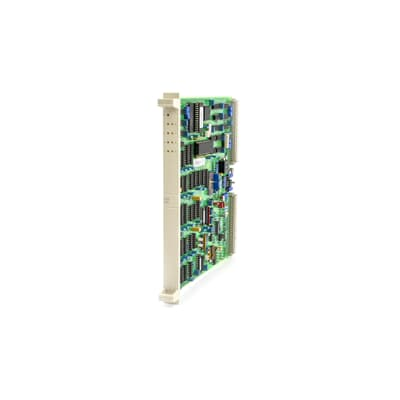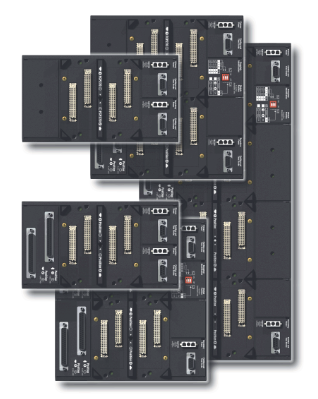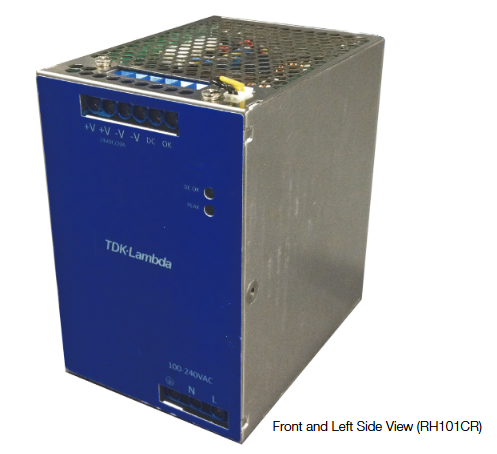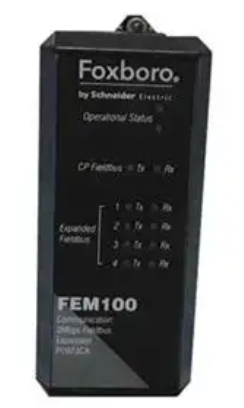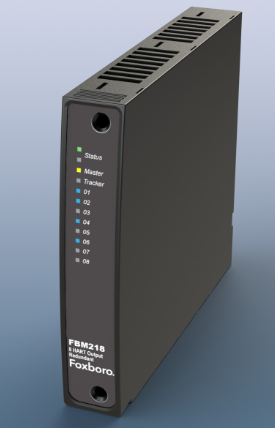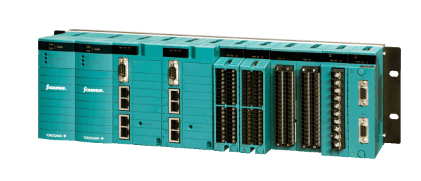GE IS210DTAIH1A Digital Rail Card Assembly
GE IS210DTAIH1A Digital Rail Card Assembly
Part Number IS210DTAIH1A Manufacturer General Electric Country of Manufacture As Per GE Manufacturing Policy Series Mark VI/VIe Function Module Availability In StockThe IS210DTAIH1A developed by General Electric is a GE component created for the Mark VI system. The Mark VI is a gas/steam turbine management system released under the Speedtronic series. This board is known as a Simplex Analog Input/Output terminal board for analog signals.
It is mounted into a plastic holder that allows the PCB to be DIN-rail mounted and features ten analog inputs as well as two analog outputs. The outputs are 0-20mA however one can be configured for 0-200mA current by reconfiguring jumpers. The board is populated with a single 37-pin connector with latching fasteners that is labeled JR1. One terminal board is available with 48 screw connections and is permanently mounted to the board. Shielded #18 AWG wire are typically used in the terminal block and it is important to note that screws 43/44 are designated as the ground (SCOM) connector and this connector should be as short as possible. Additionally, the board has twenty-one jumper switches, various capacitors, resistors and integrated circuits, as well as four small sub-panels.
IS210DTAIH1A is a Simplex Analog Input/Output terminal board developed by General Electric under the Mark VI series. The Mark VI is part of GE's popular Speedtronic range, which began with the Mark I in the 1960s. For decades, this line has been used to handle large-scale turbine systems of varied sizes and complexity.
Speedtronic systems are built to be adaptive and expandable, as well as to increase the reliability and efficiency of the systems they control. TMR (triple modular redundant) architecture is used in the Mark VI, with three different and independent IONets, power supply, and control modules. If the turbine system's needs do not necessitate TMR design, the Mark IV can be implemented as a Simplex system.
The IS210DTAIH1A is a terminal board with simplex analog input and output. Only a simplex version of this small terminal board is available. There are two analog outputs and 10 analog inputs on this device. The terminal board and the VAIC processor board are connected by a single wire. With the help of a plastic holder affixed to the edges, the card is designed to be installed on DIN rails.
The board is populated with a single Euroblock type terminal block with 48 screw mounts. Two of these screw mounts (43/44) will be used to connect to the ground. A set of jumper switches controls the current and voltage for each terminal screw connection.
The twenty-one jumpers on the board include JP0 and JP1B-10B, as well as JP1A-10A. The board also has a 37-pin 'D' shell connector (JR1), four sub-panels, integrated circuits, resistors, and capacitors.
The IO module has the following main functions
Input Function
The IO module can receive input signals sent by external devices and convert them into digital or analogue signals for use by the computer system or control system. These input signals can come from a variety of sensors, such as temperature sensors, pressure sensors, photosensitive sensors and so on. By receiving and parsing these input signals, the system can monitor and control the external environment in real time.
Output Functions
The IO module is capable of converting the output signals generated by a computer system or control system into the form required by an external device. These output signals are typically used to control actuators such as motors, valves, lights, etc. By sending appropriate output signals to external devices, the system enables control and operation of the external environment.
Data Acquisition and Processing
The IO module is capable of acquiring data from external devices and transferring it to a computer system or control system for further processing. This enables the system to acquire environmental data, status information and user inputs in real time and make appropriate decisions or perform specific tasks based on these data.
Communication Interfaces
IO modules are usually equipped with different types of communication interfaces, such as serial interfaces (RS232, RS485), Ethernet interfaces, CAN bus interfaces, and so on. These interfaces enable IO modules to exchange data and communicate efficiently with computer systems or other external devices.

- User name Member Level Quantity Specification Purchase Date
- Satisfaction :
-









Email:wang@kongjiangauto.com









